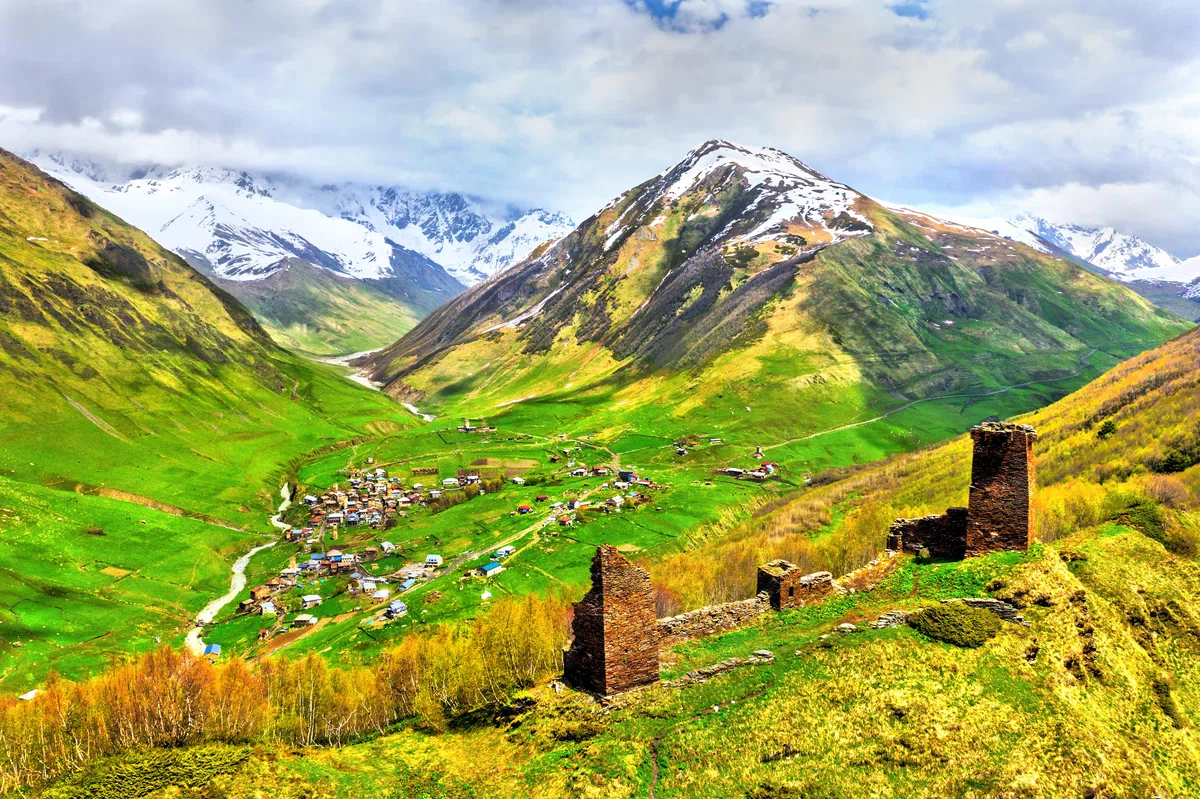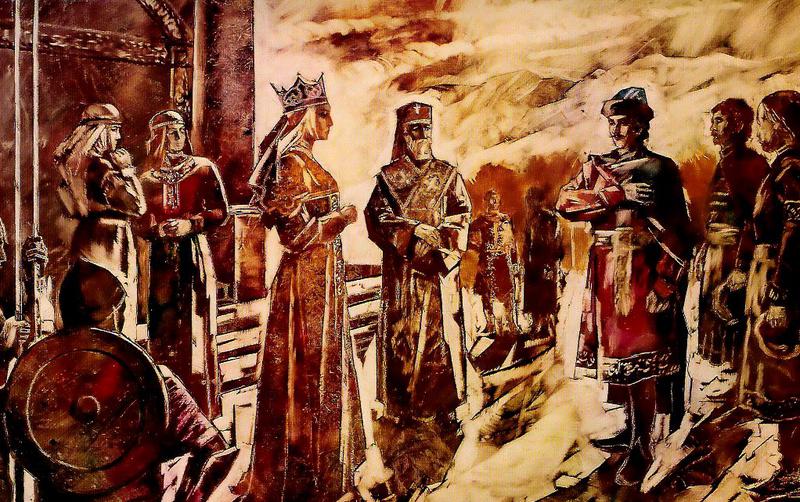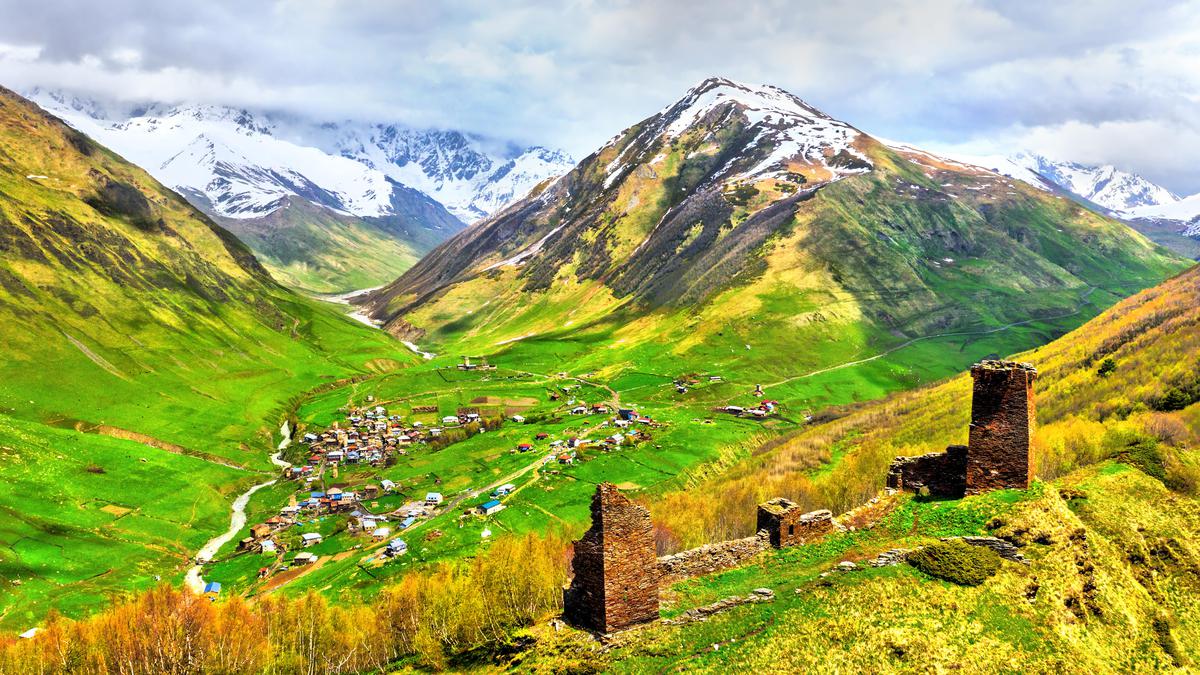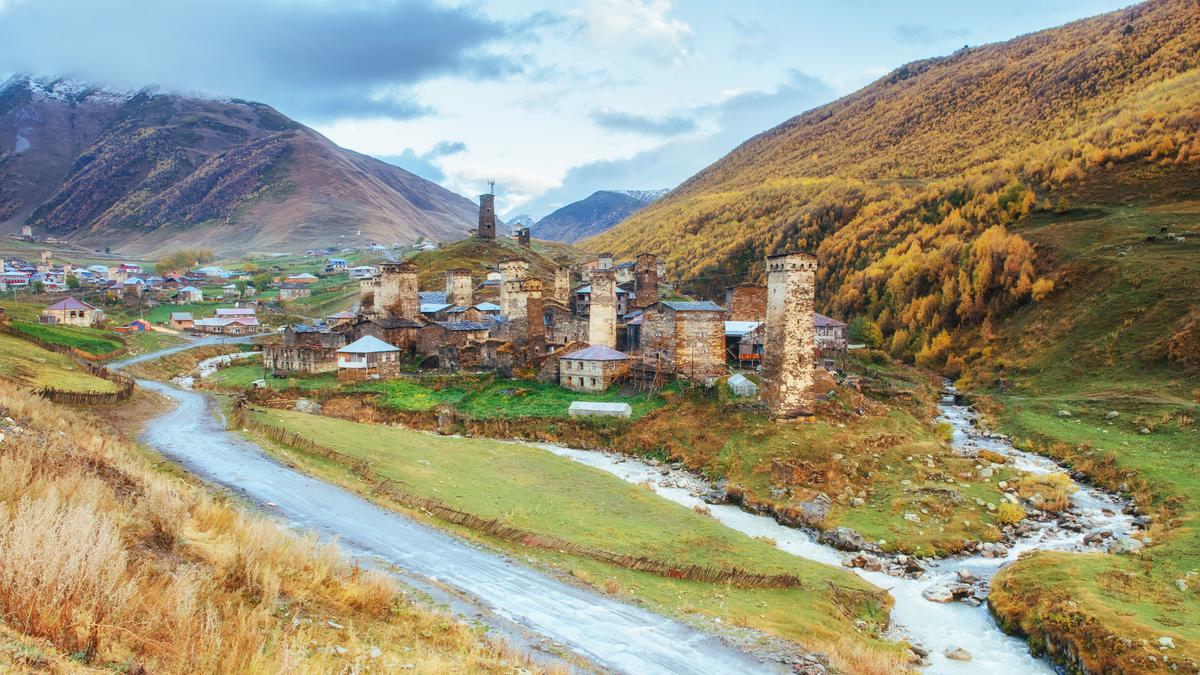
Georgia and its "Golden Age": the peak of the development of the medieval state
During its heyday, which is called the "golden age", Georgia was one of the greatest countries in Europe in every sense of the word. Interesting facts.
Get to know the history of Georgia ⬇️
The "golden era" of the Georgian Kingdom falls on the period of the late Middle Ages. This is the period from the end of the 11th to the first half of the 13th centuries.
In those ancient times, Georgia was one of the strongest and largest states in Europe, or rather, the third after the Byzantine and Roman Empires.
But the peak of Georgia's development and power is associated with the reign of Queen Tamar. It was the heyday of the country from all points of view: military, economic, cultural.
Interesting facts from the history of the Georgian state.
Territory and population
- By the 13th century, the territory of the state was almost the entire Transcaucasia. Its area is about 300 thousand square kilometers. And if we take into account the vassals, then twice as much — about 600,000 square meters.
- The population of Georgia proper at this time is 5.4 million people. Together with vassals — up to 12 million people.
- By the beginning of the 13th century, approximately 100-130 thousand people lived in Tbilisi. Only Constantinople was bigger.
- The population density in the Georgian Kingdom was 257 people per square kilometer.
For comparison
- The total population of all countries of the world at that time was 400-450 million people.
- There were 60-75 million people living in Europe. On the European continent, Georgia was second only to the Roman Empire in the number of inhabitants.
Army

The state was not only among the largest, but also the most powerful.
- Historical sources confirm that Queen Tamara and George IV brought an army of 90 thousand soldiers to the battlefields.
- The army of George IV Lasha in the battle against the Mongols was 30,000 knights. This is a kind of world record for the number of participants in one battle.
- The level of training of the troops, combat equipment, organization — everything was at the highest level.
- At the beginning of the 12th century, under King David Agmashenebeli, special military units were created — the royal Guard, the monaspa. Previously, guard detachments existed only in Byzantium.
Statehood and laws
- The reign of Queen Tamar is considered the heyday of Georgia. The wise queen was able not only to retain power, but also to expand the borders of the state.
- In the same years, the ideas of parliamentarism were born in Georgia. One of the king's viziers, Kutlu—Arslan, and his political supporters demanded the creation of a "Chamber". Didebuli (representatives of the upper class) were supposed to sit in it and solve important state issues.
- There is a development of the legislative base of the state. Euthymius of Athos (10th-11th century) compiled a Treatise on crimes, translated a set of laws that included the basics of civil, ecclesiastical law, as well as criminal law.
- The death penalty is banned for the first time in Georgia. In addition, Queen Tamar did not allow prisoners to be tortured. For the Middle Ages, this was extremely unusual, almost unprecedented.

Economy
Important trade routes of that time passed through the territory of Georgia. Handicrafts and industry developed. All this brought a steady income to the country.
- Tribute from vassals and spoils of war replenished the royal treasury.
- The monetary income of Georgia was 3 million 750 thousand gold francs per year. In addition, there were also war trophies in the form of precious stones, weapons, etc.
- 10% or "tithe" of the proceeds to the treasury was distributed to widows, orphans and other poor. Such a "social policy" did not exist in any other European state.
For comparison
Incomes of other states of those times:
- Asia Minor — about 2.5 million francs (2,475,000);
- Iraq — 2,250,000 francs;
- The King of England — 4 million gold francs;
- France — 3 million francs.
Georgia reached the highest stage of development 2-3 centuries earlier than Italy and entered the Renaissance era.
The golden age of the Georgian kingdom gradually ended due to the constant raids of nomads, especially the Mongols. The spread of the "Black Death", the plague pandemic, also played a role.













34 comments
Log in to leave a comment
Больше всего меня поразило то, что расцвет Грузии случился при правлении женщины! Расширение границ, инновационные законодательные решения - все произошло при царице Тамаре. Не зря местный народ до сих пор починить и чтит ее память. Даже замок царицы Тамары сохранился до наших дней и сейчас является историческим памятником.